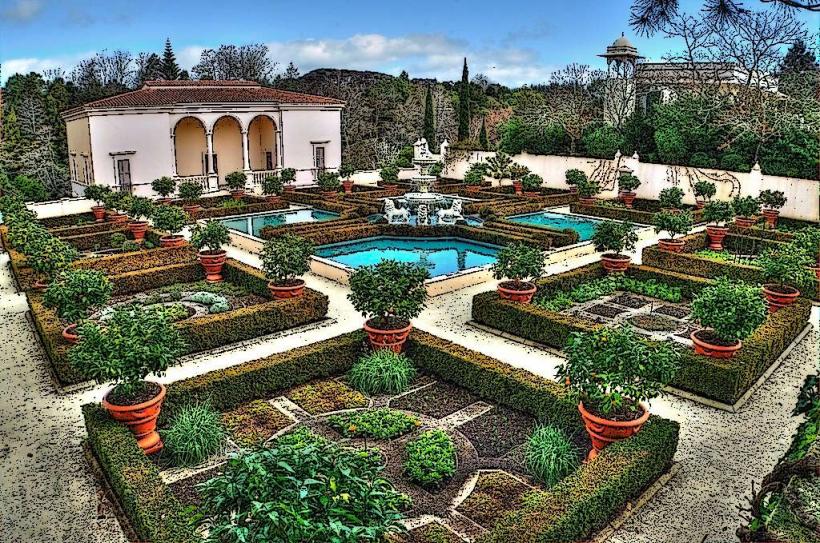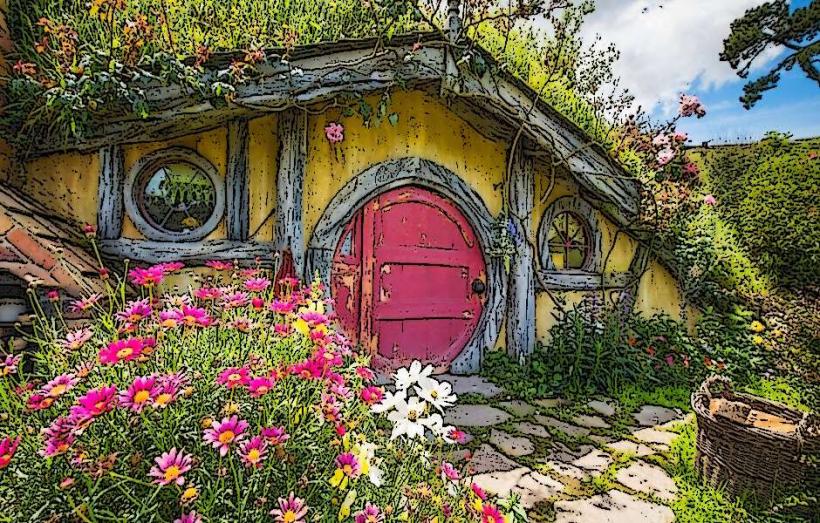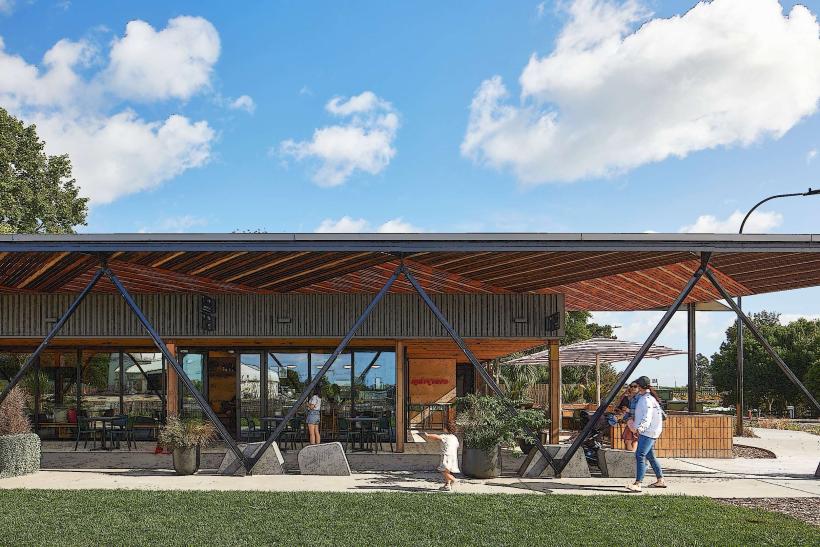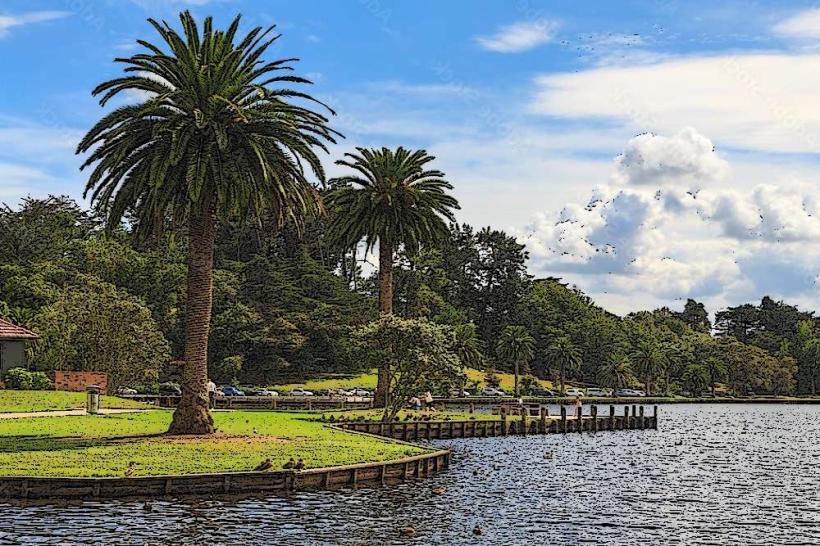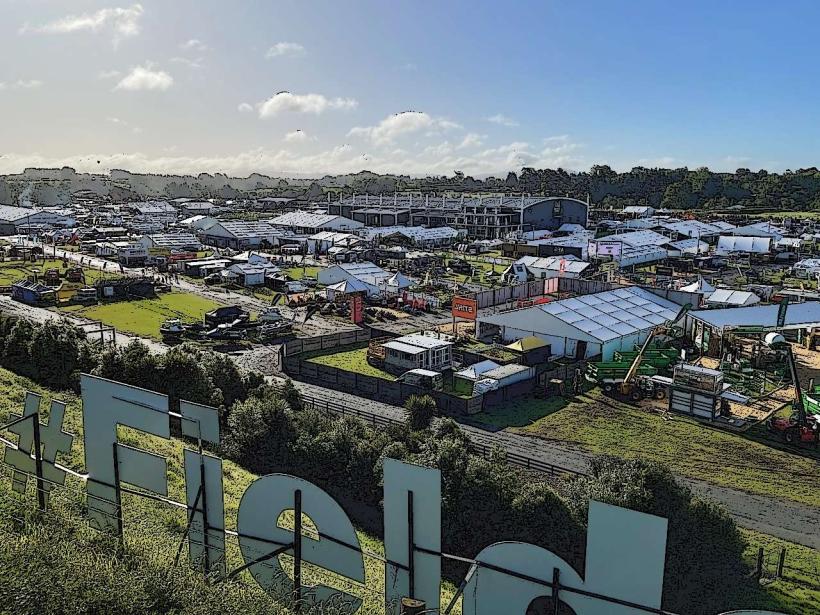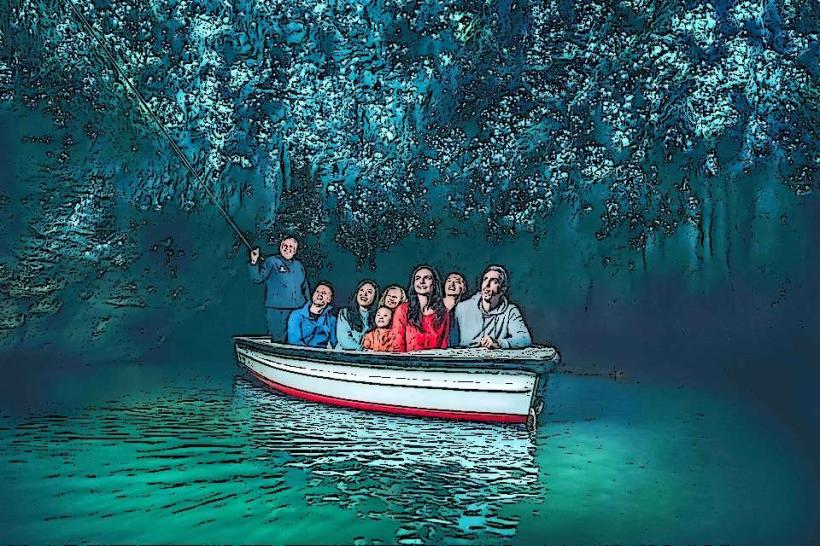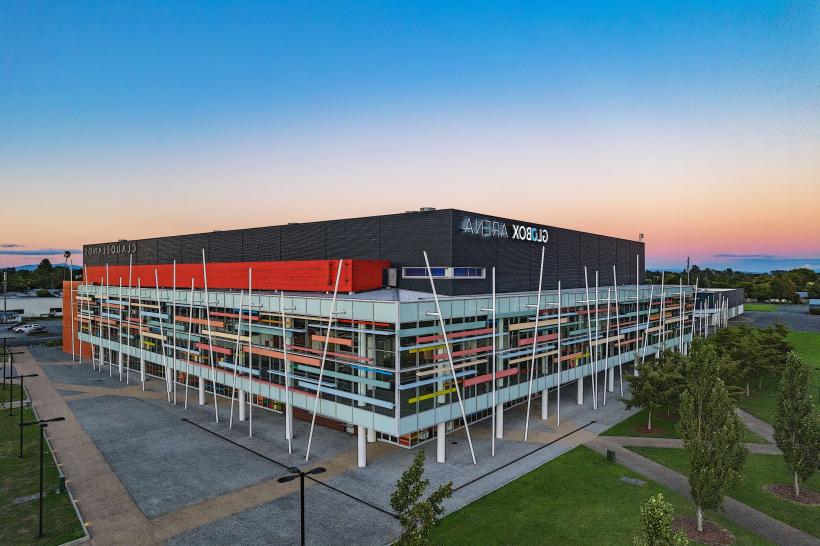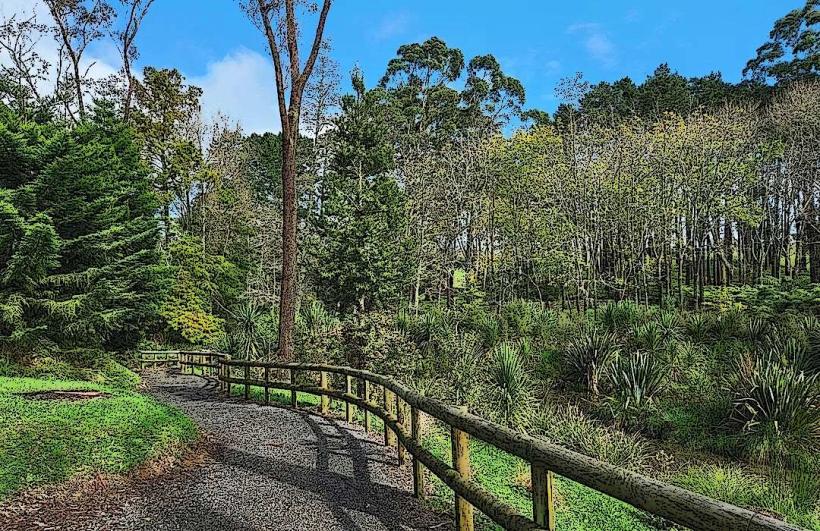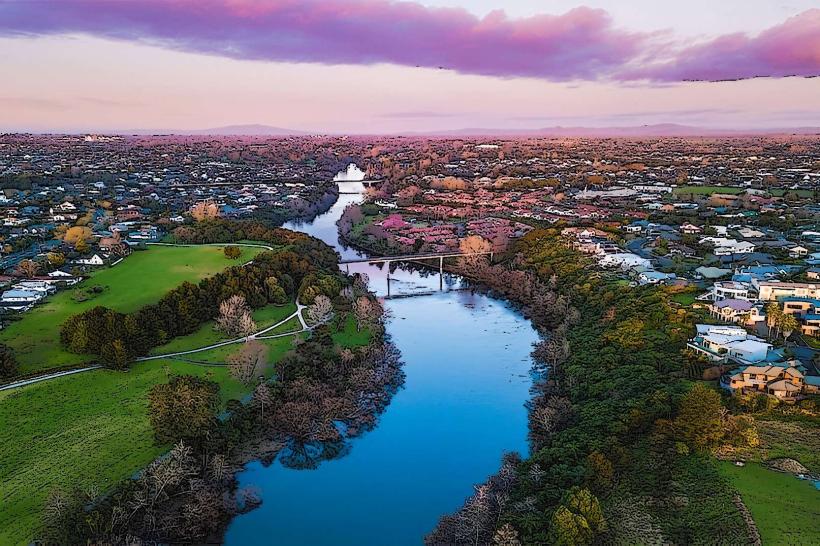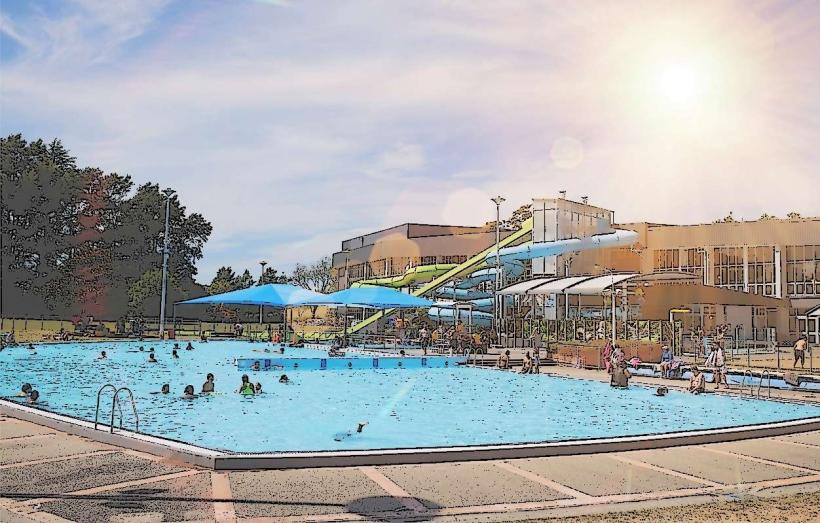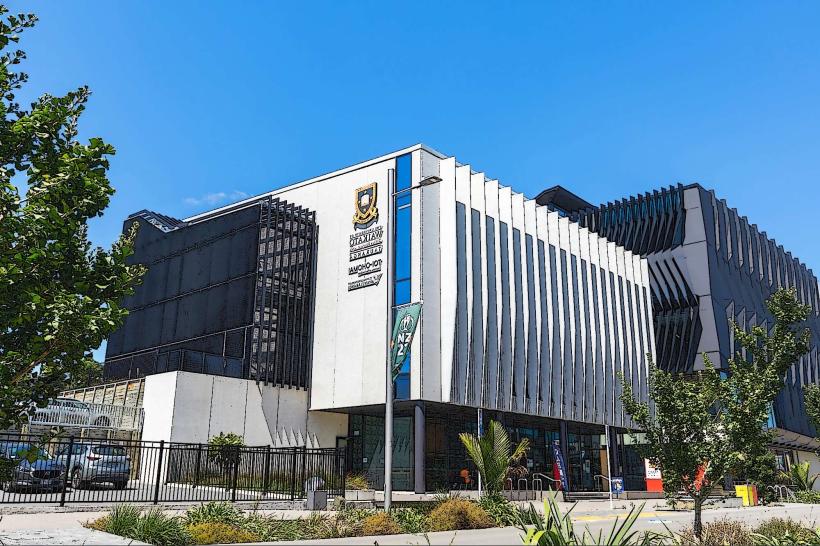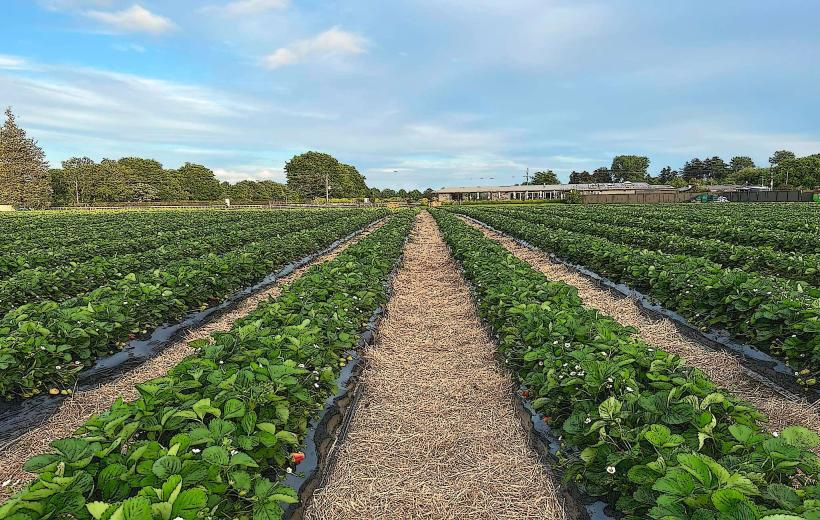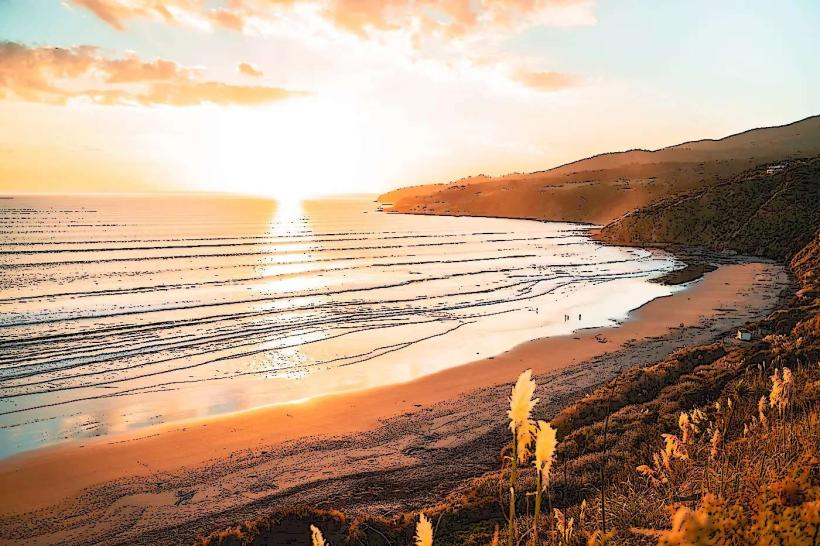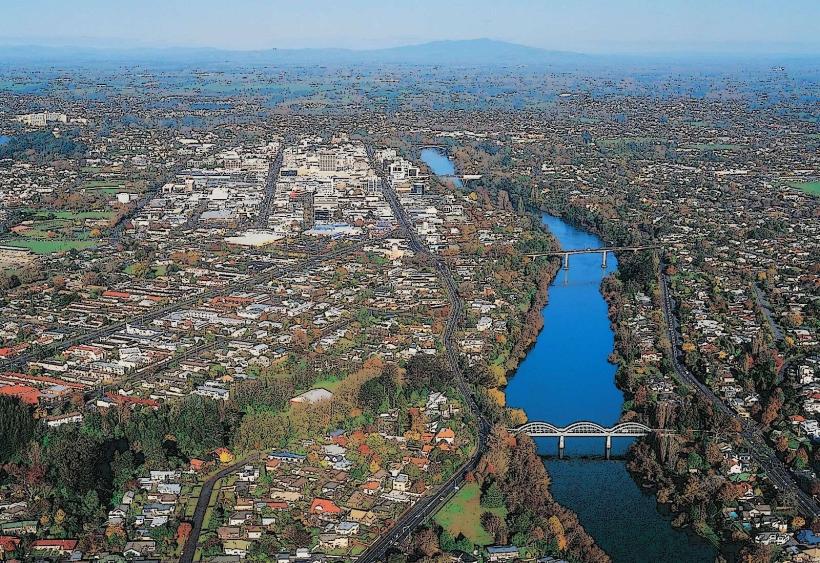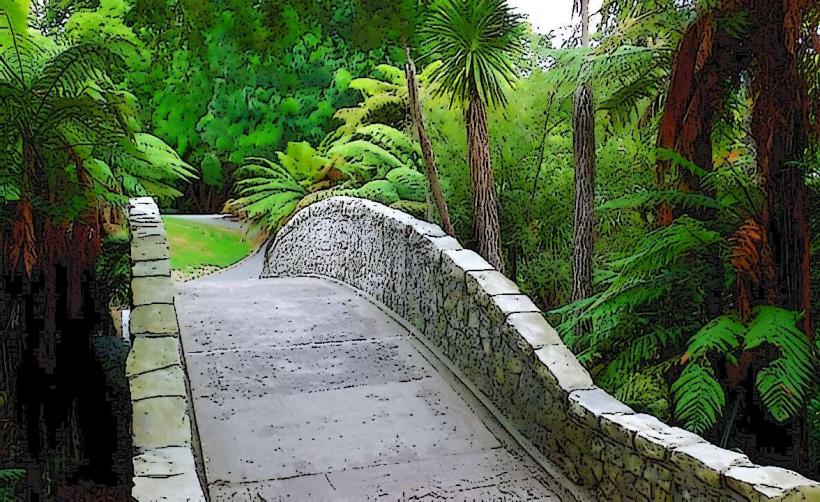Information
Landmark: Waikato MuseumCity: Hamilton
Country: New Zealand
Continent: Australia
Waikato Museum, officially known as the Waikato Museum of Art and History, is a prominent museum located in Hamilton, New Zealand, in the Waikato region. It is one of the country's leading cultural institutions, offering a diverse range of exhibits that cover art, history, science, and culture, with a particular emphasis on the Waikato region’s rich heritage. The museum is a great destination for both locals and tourists interested in learning more about the area’s past, its natural environment, and its artistic contributions.
Here’s a detailed look at the Waikato Museum and what it has to offer:
1. Overview and History
Location: The museum is situated on Victoria Street in central Hamilton, a short distance from the Waikato River. The location places it at the heart of the city, making it easily accessible for both locals and visitors.
History: The museum was established in 1987 to house the collection of the Hamilton City Art Gallery and to showcase the rich history of the Waikato region. Over the years, the museum has grown, offering a combination of both permanent and rotating exhibits that cover diverse fields such as Māori culture, natural history, modern art, and local heritage.
Building and Architecture: The museum itself is housed in a modern, purpose-built facility, with a spacious, welcoming atmosphere. The building is designed to be accessible and functional, with a blend of exhibition spaces, galleries, and interactive areas that encourage learning and engagement. The museum also boasts a lovely café and a gift shop, offering a complete cultural experience for visitors.
2. Exhibits and Collections
The Waikato Museum has a diverse range of exhibits, spanning across art, history, culture, and science. Key collections and exhibits include:
Māori and Regional Heritage
Māori Culture: A significant portion of the museum’s collection focuses on the Māori people, their history, art, and traditions. This includes detailed exhibitions on the Māori worldview, spirituality, and the importance of the Waikato River to the local iwi (tribes). Exhibits showcase Māori taonga (treasures), such as carved wooden figures, whakairo (carvings), whāriki (woven mats), and waka (canoes).
Waikato History: The museum also highlights the Waikato region’s history, including the early European settlement, the Waikato Wars in the mid-19th century, and the significant role that the Waikato River has played in shaping the region’s development. Displays often include personal stories, photographs, and artifacts from this period, providing insight into the region’s history and its evolution.
Art Exhibitions
Contemporary Art: Waikato Museum regularly features exhibitions of contemporary art, showcasing both New Zealand and international artists. The museum hosts a range of media, including painting, photography, sculpture, video, and installation art. These rotating exhibits often feature innovative and thought-provoking pieces that reflect current trends and social issues.
Thematic Art Displays: The museum organizes themed exhibitions, which may include landscape art, portraiture, or art reflecting cultural and environmental themes. The museum also frequently highlights works by prominent Māori artists, contributing to the cultural and artistic dialogue in New Zealand.
Permanent Art Collections: In addition to temporary exhibitions, the museum houses a permanent collection of works from local and national artists, focusing on the development of New Zealand art over time. This includes works from both established artists and emerging talent.
Science and Natural History
Natural History Exhibits: The museum is home to exhibits that explore the natural world, including the flora and fauna of the Waikato region. These exhibits often include life-sized models of native animals, interactive displays, and educational material on New Zealand’s unique biodiversity.
Environmental and Science Exhibitions: The museum frequently hosts educational exhibits on the natural environment, including topics like climate change, sustainability, and conservation. These exhibitions aim to inform visitors about the importance of protecting New Zealand’s natural heritage and the role of science in addressing environmental challenges.
Interactive Science Displays: The museum includes several interactive science exhibits, designed for both children and adults. These exhibits focus on science, technology, and natural processes, providing hands-on learning experiences that make complex topics more accessible and engaging.
3. Special Exhibitions and Events
Rotating Exhibitions: In addition to its permanent collections, the Waikato Museum regularly hosts temporary and traveling exhibitions, which focus on a wide range of subjects, including cultural history, international art, science, and historical figures. These exhibitions often bring exciting, diverse content to the museum and keep the experience fresh for repeat visitors.
Art and Culture Events: Throughout the year, the museum organizes a variety of cultural events, such as art talks, workshops, artist meet-and-greets, and themed festivals. These events provide opportunities for deeper engagement with the art and culture of the region and beyond.
Family-Friendly Programs: The museum offers family-friendly programs, including educational activities for children, interactive workshops, and school tours. The exhibits often cater to younger audiences with hands-on, engaging learning experiences that help foster an appreciation for art, history, and science.
4. Visitor Experience
Guided Tours: The museum offers guided tours for visitors, led by knowledgeable staff who can provide in-depth information about the exhibits and the stories behind them. These tours are an excellent option for those who want to gain more insight into the museum's collections and the history of the Waikato region.
Museum Shop: The museum’s gift shop offers a selection of books, artwork, and local crafts, as well as educational toys and souvenirs. The shop focuses on promoting local artisans and artists, with a variety of items that reflect the cultural and artistic heritage of the region.
Café: The museum has a café that serves a selection of light meals, coffee, and refreshments, providing visitors with a relaxing space to enjoy a bite to eat before or after exploring the exhibits.
Accessibility: The Waikato Museum is accessible to all visitors, with features like ramps, elevators, and wheelchair access. The museum aims to create an inclusive environment for people with disabilities, ensuring everyone can enjoy the exhibits and events.
5. Visiting Information
Opening Hours: The museum is typically open seven days a week with specific hours that may vary, so it is recommended to check the official website for the most up-to-date information.
Entry Fees: Admission to the Waikato Museum is generally free, although some special exhibits and events may require a ticket or additional fee. It is a public museum, supported by local and national funding.
Getting There: The museum is located in central Hamilton, making it easily accessible by car, bus, or on foot. There are several parking options nearby, including street parking and paid parking areas.
6. Best Time to Visit
Year-Round: The museum is a year-round destination, offering fresh exhibitions and cultural programs throughout the year. Each season brings a new focus, and visitors can enjoy different themed exhibits depending on when they visit.
Peak Tourist Seasons: The museum tends to be busiest during the summer months (December to February) when many tourists are visiting Hamilton. However, visiting in the off-peak months can provide a quieter and more relaxed experience, with fewer crowds.
Conclusion
The Waikato Museum offers a rich and engaging experience for anyone interested in learning more about the history, culture, and art of the Waikato region and New Zealand as a whole. Whether you are drawn to the intricate Māori collections, the impressive contemporary art displays, or the fascinating environmental exhibits, the museum provides something for everyone. With its dynamic range of exhibits and educational programs, it’s a must-visit for both locals and visitors who want to immerse themselves in New Zealand’s heritage and creative spirit.

